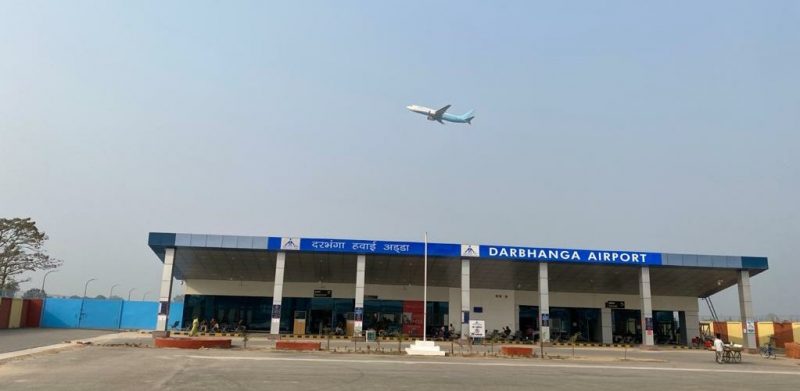At its 35th Research Briefing, CAPA India has outlined a roadmap for the formulation of a new civil aviation policy, designed to support a transformational vision for what Indian aviation can aspire to be in 20 years from now.
In FY2023, India’s aviation system handled just less than 200 million airline passengers. CAPA India projects that it may need to be able to handle around 1.3+ billion passengers, with a commercial fleet of close to 4,000 aircraft within 20 years if an aspirational and transformational path is pursued. This is an unconstrained forecast, but it would represent a market around 20% larger than the US was prior to COVID-19. And it would mean that in less than 40 years, the Indian market would have grown from the size of Las Vegas to the size of the entire US.
Achieving such a dramatic ramp-up in scale will require a tremendous effort across the aviation ecosystem. Each and every element of the industry will need to play its part to realise this opportunity. If realised, by FY2043, aviation could make a USD1 trillion annual contribution to the Indian economy, taking into account direct, indirect, induced and catalytic impacts. Even under a more conservative, linear growth scenario, India would still likely reach a market size similar to pre-COVID-19 China.
Kapil Kaul, CEO & Director, CAPA India, said, “Indian aviation is at a critical inflection point. The opportunities could have positive implications for generations to come. India has to choose whether it wishes to pursue a transformative, aspirational vision or more conservative, linear growth.”
Either way, the strategic impact that aviation could have on the economy and consumers should inspire policy-makers, as well as industry leaders. The Ministry of Civil Aviation has been making serious and genuine efforts to transform the sector. But achieving the industry’s true long-term potential will require a new policy framework. Key issues that CAPA India identified include:
The aviation policy should deliver airline viability and growth by design. Carriers must be provided with a level playing field by dismantling the negative fiscal regime and providing infrastructure ahead of time. System efficiency must be maximised to enable the emergence of mega-carriers.
The policy should plan for airport capacity that will last for a generation and beyond, and which is developed ahead of demand. The emergence of Indian mega-carriers will require appropriate airports to be developed. Metro airports must start planning for second and even third airports, for which land acquisition should commence immediately.
India must define an international air services strategy in line with its national interests. The corresponding bilateral policy can then be formulated. But it must be transparent, equitable and designed to maximise growth. India will be such a lucrative market in the years and decades to come that aero-politics will become extremely complex unless there is a clearly defined policy.
Airspace design needs to be restructured to provide capacity for up to 8–10x current traffic and take into account continued growth in overflights and general aviation as well as new age aviation, e.g. air taxis, UAVs and eVTOL aircraft. In order to achieve this, the corporatisation of the ANSP division of the Airports Authority of India should commence immediately. The ANSP must have a professional and expert-led governance structure.
Emerging Indian mega-carriers will need massive MROs that offer a comprehensive suite of services, including engine and components maintenance. That will require a policy that delivers the requisite cost base, skills and infrastructure.
A new aviation safety regime is required, with an independent, professional regulator, on similar lines to the UK CAA.
A new security regime is required with a dedicated workforce and resources.
Kaul added, “Why do we think this aspirational vision is possible is because aviation is being taken more seriously in India than ever before. For example, the privatisation of Air India was a bold reform. This is expected to lead to a more stable market, led by two airlines with tremendous capabilities and patient capital. And the government and ministry have shown tremendous determination to address fiscal challenges, to privatise airports and to engage seriously and constructively with the industry. All of this has created an environment in which the design of a long-term policy to support an aspirational vision can be envisaged.”






